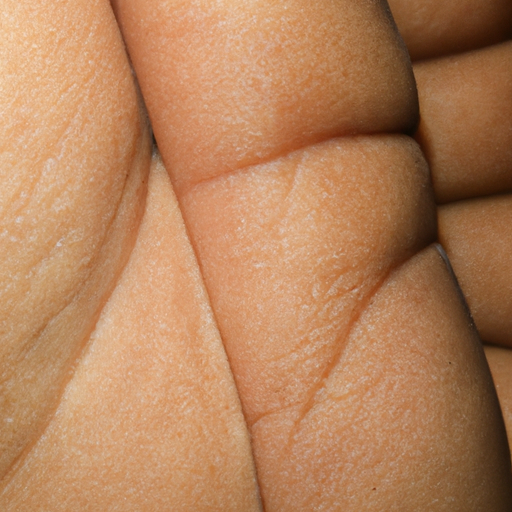Unveiling Radiance: The Ultimate Guide to Masterful Skin Exfoliation
Skin exfoliation is a crucial part of any skincare regimen. It is the process of removing dead skin cells from the surface of your skin using a brush, scrub, or exfoliating tool. This practice not only rejuvenates your skin but also unclogs pores, prevents acne, evens skin tone, and boosts circulation and lymphatic drainage. In essence, it unveils the natural radiance of your skin. However, to achieve these benefits, one must master the art of skin exfoliation. Here is an ultimate guide to help you do just that.
Firstly, it’s important to understand that not all exfoliants are created equal. There are two main types: physical and chemical. Physical exfoliants use small grains or a brush to physically remove dead skin cells. Examples include scrubs with sugar or salt crystals, brushes, and sponges. On the other hand, chemical exfoliants use acids or enzymes to dissolve dead skin cells. These include products with ingredients like alpha hydroxy acids (AHAs), beta hydroxy acids (BHAs), and retinoids.
The choice between physical and chemical exfoliants largely depends on your skin type and sensitivity. For sensitive skin, a gentle chemical exfoliant is often recommended as it’s less likely to cause irritation. For oily or acne-prone skin, a physical exfoliant can help unclog pores effectively. However, it’s crucial to avoid overly harsh scrubs as they can cause micro-tears in your skin.
The frequency of exfoliation also plays a significant role in achieving radiant skin. Over-exfoliation can strip your skin of its natural oils leading to dryness and irritation. On the other hand, under-exfoliation can leave your skin looking dull and lifeless. As a rule of thumb, most dermatologists recommend exfoliating one to three times a week. However, this can vary depending on your skin type and the type of exfoliant you use. For instance, those with oily skin may need to exfoliate more frequently than those with dry or sensitive skin.
The technique of exfoliation is equally important. Always apply your exfoliant to wet skin to help it glide more smoothly and prevent unnecessary friction. Use gentle, circular motions and avoid scrubbing too hard. If you’re using a chemical exfoliant, apply it evenly across your face and let it sit for the recommended time before rinsing off.
After exfoliating, it’s crucial to replenish your skin’s moisture. Apply a hydrating moisturizer immediately after rinsing off your exfoliant to lock in hydration and keep your skin looking plump and radiant. Additionally, since exfoliation can make your skin more susceptible to sun damage, always apply a broad-spectrum sunscreen during the day.
Lastly, remember that consistency is key. Regular exfoliation can help maintain a healthy, radiant complexion. However, it’s also essential to listen to your skin. If you notice any signs of irritation such as redness, dryness, or sensitivity, it may be best to reduce the frequency of exfoliation or switch to a gentler product.
In conclusion, mastering the art of skin exfoliation is a journey that requires understanding your skin type, choosing the right products, and applying them correctly and consistently. By following these guidelines, you can unveil your skin’s natural radiance and keep it looking healthy and vibrant.



